Description
I. Introduction
Pipeline maintenance is a critical aspect of the oil and gas industry. Regular upkeep ensures efficient operation, minimizes downtime, and can significantly extend the life of the pipeline system. One indispensable tool for this task is the Foam Pipeline Pig.
II. The Role of Foam Pipeline Pigs in Pipeline Maintenance
Maintaining the integrity and efficiency of a pipeline system is crucial in the oil and gas industry. Among the various tools used, Foam Pipeline Pigs stand out for their versatility and effectiveness. They play a vital role in regular pipeline maintenance, helping ensure the smooth flow of materials and prevent costly blockages. The use of Foam Pipeline Pigs is not limited to cleaning; they also play a significant role in the inspection, testing, and batching operations within pipelines.
General Procedure for Pipeline Cleaning Using Foam Pipeline Pigs
Before cleaning
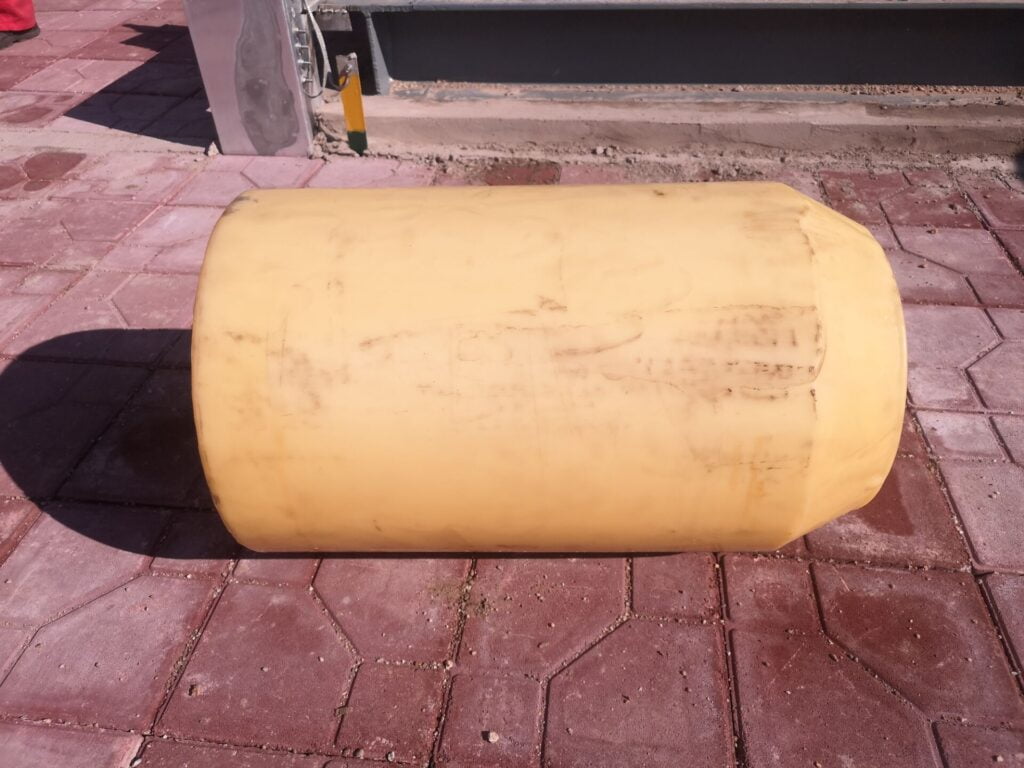
After Cleaning
1. Pre-operation Planning:
Before starting the cleaning operation, it’s essential to consider some factors such as pipeline size, internal condition, product type, and flow rate. Based on these factors, select the appropriate foam pig type and size. Remember, the pig should have a diameter 5%-10% larger than the internal diameter of the pipe for effective cleaning.
2. Pig Insertion:
The foam pig is inserted into a pig launcher – a device connected to the pipeline for introducing pigs into the system. The pipeline’s pressure is then used to push the pig along the pipeline.
3. Pipeline Cleaning:
Once the foam pig is in the pipeline, the pressure of the fluid or gas behind it propels it forward. As the pig moves, it scrapes against the pipeline’s inner walls, dislodging any debris or build-up. This debris is then carried forward by the pig or the product flow, depending on the pigging strategy employed.
4. Pig Removal:
The pig eventually makes its way to a pig receiver at the end of the pipeline, which is designed to safely capture and remove the pig from the system. The receiver should be checked regularly to ensure the pig has arrived safely and has been removed from the system.
5. Post-operation Evaluation:
After the pig is removed, the debris collected during the cleaning process should be examined to assess the type and amount of build-up. This assessment can help determine the frequency of future pigging operations.
6. Disposal:
The used foam pig and any debris should be disposed of following local regulations and environmental safety protocols.
 III. Different Types of Foam Pipeline Pigs
III. Different Types of Foam Pipeline Pigs
- Hygroscopic Bi-Di Foam Pig (Model: LCQZ-RTH): Made from polyurethane, this pig is characterized by its strong water absorption and flexibility, allowing it to deform up to 70% of its original shape. It is particularly effective for dewatering, degreasing, and drying pipelines.
- Bare Foam Pig (Model: LCQZ-RTN): Similar to the Hygroscopic Bi-Di Foam Pig, the Bare Foam Pig is also known for its high water absorption and flexibility. It can deform up to 60% and is commonly used for dewatering, degreasing, and drying pipelines.
- Polly Foam Pig (Model: LCQZ-RTR): The Polly Foam Pig features a polyurethane interior and a polyurethane elastomer coating on the surface. It offers good flexibility and wear resistance, with a deformation amount of up to 50%. Its main applications include scrubbing, descaling, and fluid isolation in pipes.
- Criss Cross Foam Pig with Brush Table (Model: LCQZ-RTCB): This pig features a spiral wire brush attached to it, which aids in removing hard scales from pipelines. With a deformation amount of up to 40%, it offers better rust removal and decontamination effects.
- Criss Cross Foam Pig (Model: LCQZ-RTCC): Similar to the previous model but without a brush, this pig features a prismatic block polyurethane elastomer coating on the surface. It is characterized by high surface hardness and a large friction coefficient, and it is commonly used for pipeline cleaning and removing impurities.
IV. Advantages of Foam Pipeline Pigs
Foam pigs provide several significant advantages in pipeline maintenance and cleaning, making them a popular choice across various industries. One of the key benefits is their exceptional efficiency in eliminating debris, deposits, and contaminants from the interior of pipes. This not only maintains optimal flow but also helps prevent blockages, ensuring the smooth operation of the pipeline systems.
Moreover, foam pigs are recognized for their cost-effectiveness. Due to their durability and capability to perform multiple cleaning cycles, they present a cost-efficient choice for long-term use. They also play an essential role in preventing contamination by removing any residues and foreign materials from pipelines, a crucial requirement in industries such as food processing and pharmaceuticals where product purity is paramount.
Furthermore, the lightweight and flexible nature of foam pigs makes them adaptable to a diverse array of pipeline sizes and configurations. This versatility allows them to be utilized in many pipeline maintenance tasks. Adding to their flexibility, foam pigs can also be customized with different densities, coatings, and configurations to tackle various cleaning challenges. Lastly, compared to other types of pigs, foam pigs are less abrasive, reducing wear and tear on pipelines, and thereby minimizing the risk of damage during the cleaning process.
V. Foam Pipeline Pigs in the Pipeline Cleaning Process
In the pipeline cleaning process, Foam Pipeline Pigs serve a critical function. They are often used to remove debris, sediment, and other contaminants that can accumulate in pipelines over time. The pig is inserted into the pipeline and then pushed through by the product flow or a propelling medium, which could be a gas or a liquid, depending on the pipeline’s operation. As the pig travels through the pipeline, it scrubs the internal walls, dislodging any accumulated material. The debris is then either carried out of the pipeline by the pig or flushed out once the pig is removed.
VI. Safety and Environmental Considerations
While Foam Pipeline Pigs offer many advantages, their use also involves some safety and environmental considerations. Operators must ensure that pigs are correctly inserted and removed to prevent injuries. Additionally, the debris dislodged by pigs must be properly managed to avoid environmental contamination. Foam pigs, due to their material composition, can also be susceptible to damage or degradation over time, which can lead to pieces of foam being left in the pipeline if not properly monitored.
VII. Conclusion
In conclusion, Foam Pipeline Pigs play an indispensable role in pipeline maintenance. Their versatility, cost-effectiveness, and adaptability to various pipeline configurations make them an essential tool in the oil and gas industry. As pipeline systems continue to expand and evolve, the demand for efficient and effective maintenance solutions like Foam Pipeline Pigs will only grow.


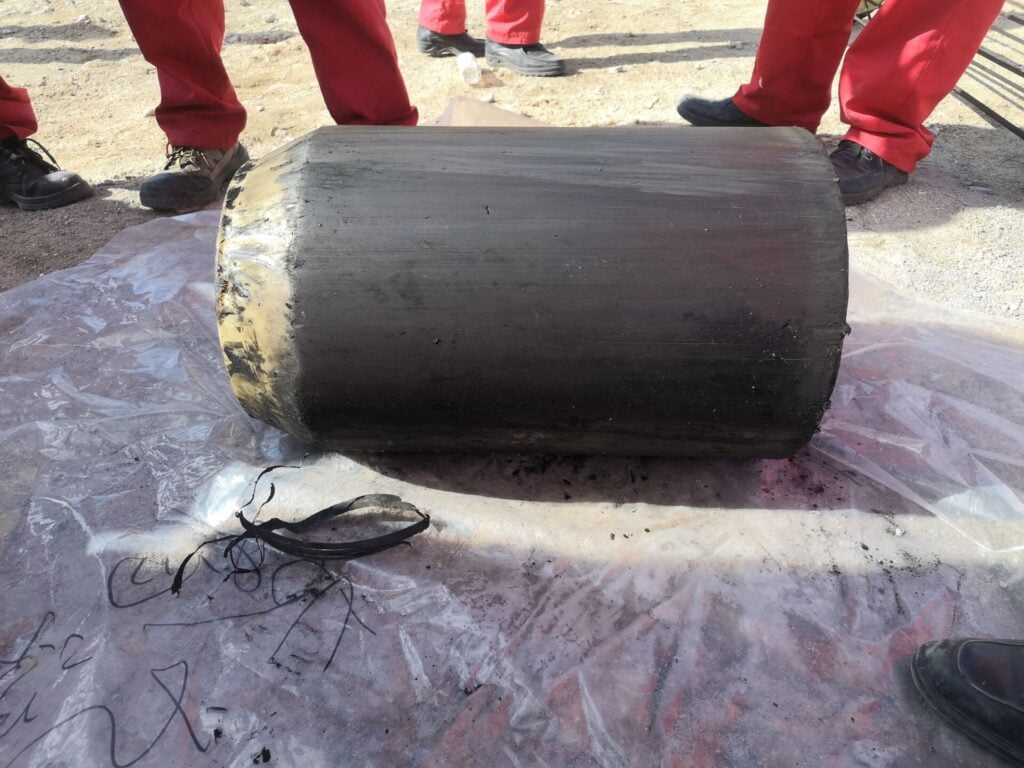
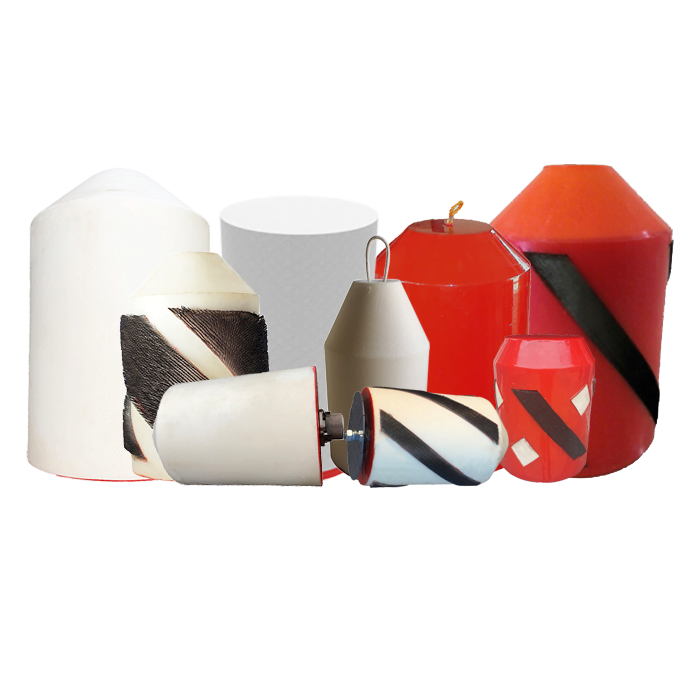 III. Different Types of Foam Pipeline Pigs
III. Different Types of Foam Pipeline Pigs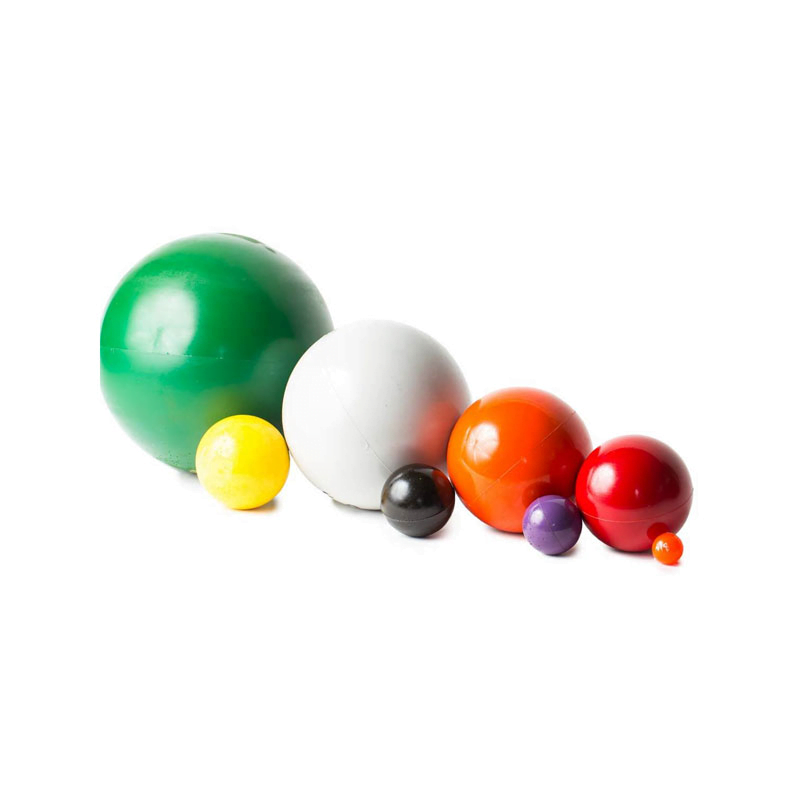
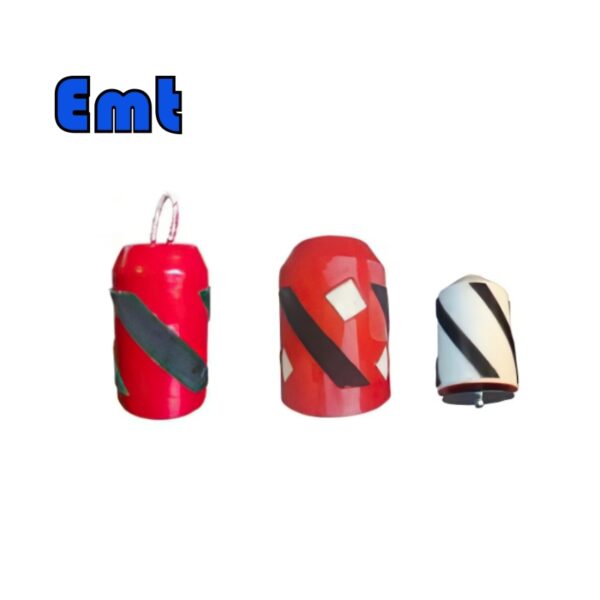
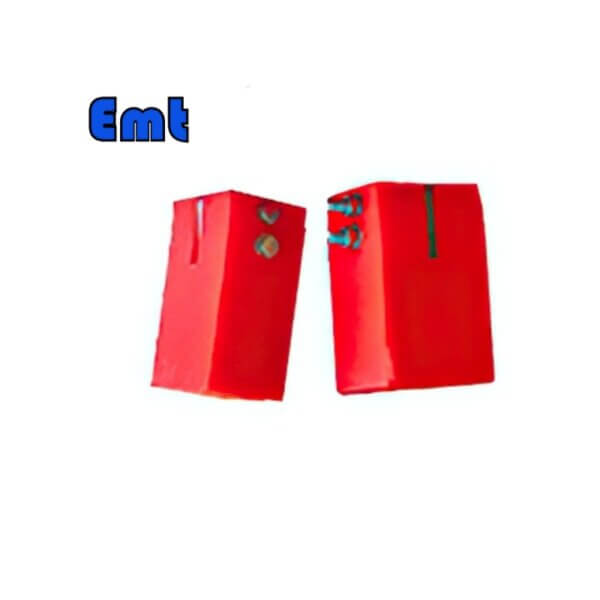
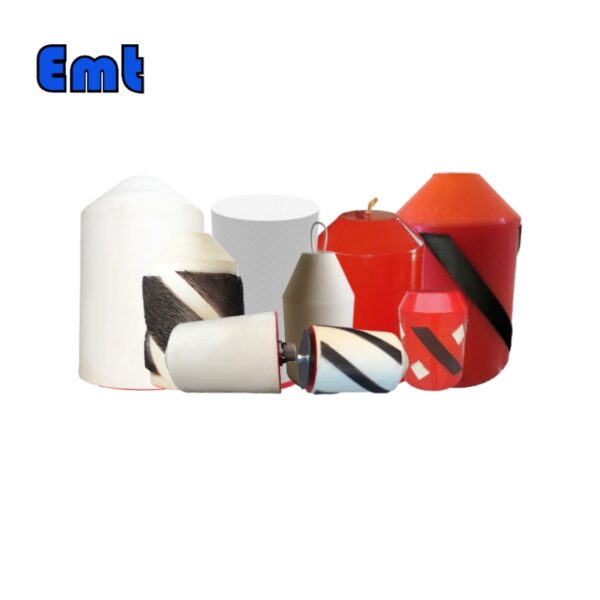
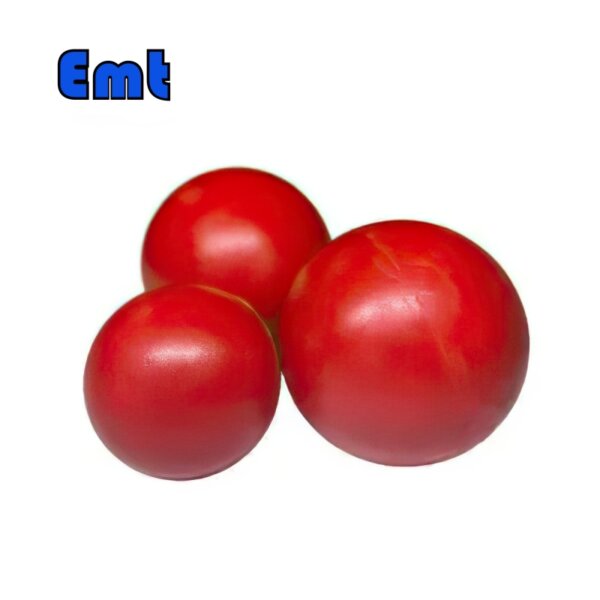
Reviews
There are no reviews yet.